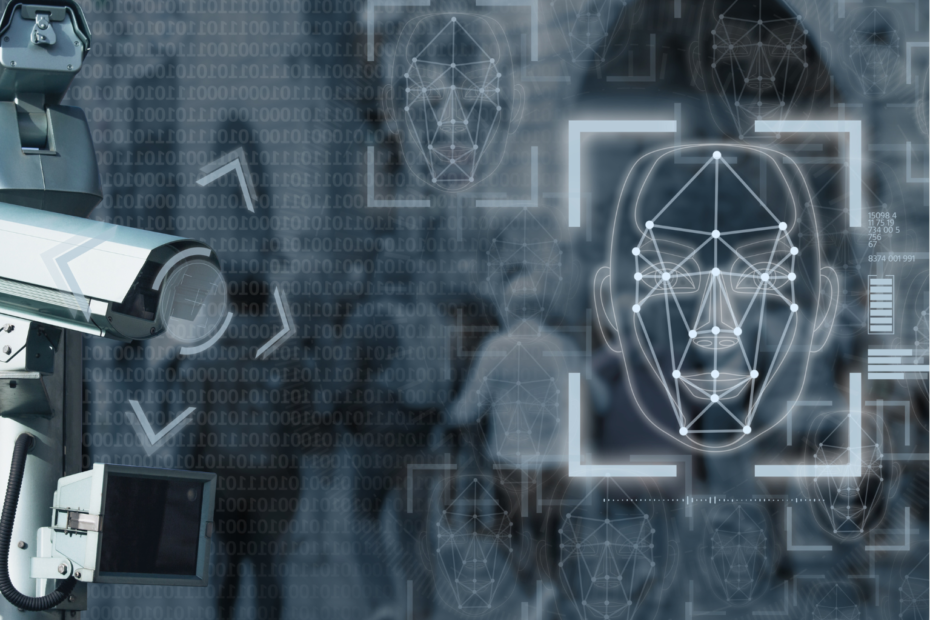Today, we encounter machine learning use cases on all kinds of websites on the Internet and they are also increasingly used by companies in production. In this chapter, some contributions from the fields of data and machine learning are put into practice to show that simple machine learning applications can be realized quickly and easily.
Use Cases from the Field of Data
Data is vital for the survival of any machine learning application. Thus, it is an indispensable skill to be able to handle large amounts of data correctly if you want to implement successful machine learning projects.
Some basic data applications include:
- Data Procurement: If we do not have the necessary amount of data for a project ourselves, we need to know techniques how to get meaningful data. Querying data from public application programming interfaces (APIs) or scraping websites are two examples.
- Data Storage: Once the data is backed up, it needs to be stored appropriately so that it is cost effective and can also be queried appropriately efficiently and quickly.
- Data Quality: We need to be able to use appropriate statistical techniques to determine whether the data is meaningful enough to build a predictive model on. To do this, for example, some data records must also be removed in a targeted manner.
Some of our Articles in the Field of Machine Learning Use Cases
What are Microservices?
Build scalable and modular applications with microservices. Enable flexible, independent services for efficient development and deployment.
What is Named Entity Recognition (NER)?
Explanation of Named Entity Recognition with examples and applications.
Sentiment Analysis with BERT and TensorFlow
Using BERT Embedding for text classification of IMDb movie ratings.
Convolutional Neural Network in TensorFlow with CIFAR10 images
Create a Convolutional Neural Network in Python with Tensorflow.
Web Scraping with Python – in 5 minutes to a working Web Scraper!
Web scraping using Python and the Beautiful Soup library as an example.
Common Machine Learning Use Cases
Algorithms that can predict certain states with a high degree of accuracy have a wide variety of applications. The most widespread are, for example:
- Voice Assistants: These systems use machine learning to understand and correctly interpret natural language and respond to questions in a targeted manner. For example, it must be learned to respond to different languages and dialects or to understand different formulations for the same command.

- Dynamic Pricing: This is about setting specific prices for the same product depending on the customer, country or other circumstances. A few years ago, this was mainly limited to airlines, which adjusted flight prices the closer the departure date came. Today, this strategy is conceivable in many areas, such as e-commerce, where customers are offered specially discounted bundles to entice them back to the store.
- Product Recommendations: This is another use case that takes place primarily in e-commerce and aims to suggest a particularly suitable product to the customer based, for example, on their purchase history, search behavior or other customer characteristics. Such algorithms are also used by Netflix or Amazon Prime to recommend a suitable series or movie.
- Fraud Detection: This involves the automated detection of conspicuous behavior of all kinds, which usually indicates misuse of the system. The most famous use case is bank accounts with conspicuous debits or credit card transactions that could indicate that the credit card has fallen into the wrong hands.
Conclusion
There are many machine learning use cases that we encounter in everyday life and that can be profitably used by companies. This chapter will show how to get started with some of these use cases and that the beginnings can be successful even with comparatively little and simple Python code.




